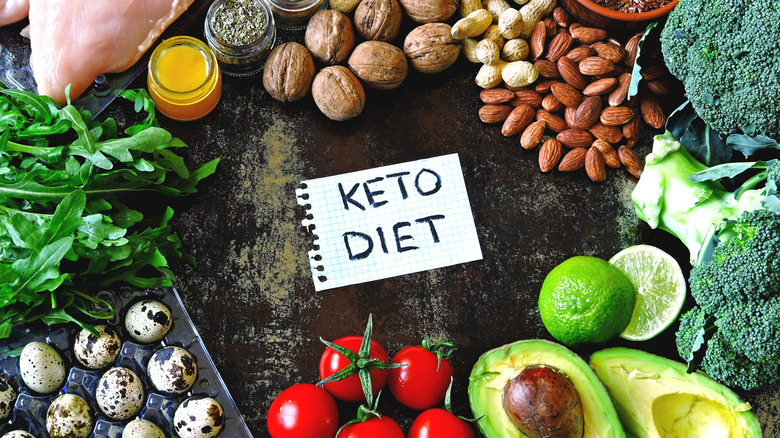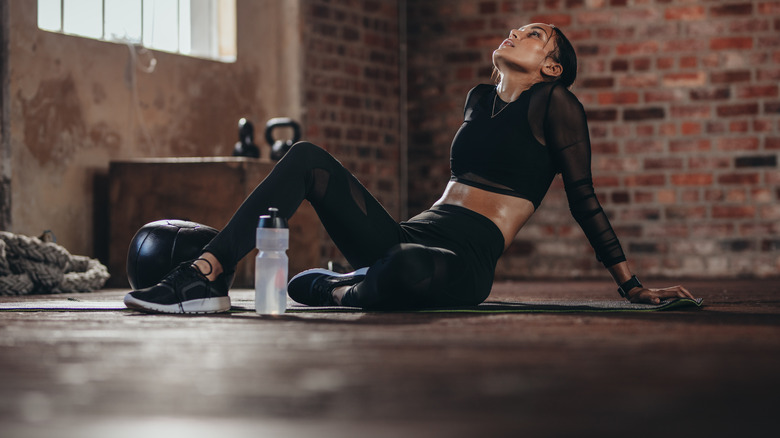Starting a keto diet comes with its share of challenges.
Be prepared to cut back on carbs, track your macros, and go through the so-calledketo flu.
These changes may seem overwhelming, but you’re free to take one step at a time.

First, double-check you understandhow the keto diet works.
This eating plan is low in carbs, moderate in protein, and high in fat.
Under normal circumstances, your body breaks down glucose, or sugar, for energy.

Therefore, eating too much protein can kick you out of ketosis and make it harder to burn fat.
With that being said, here’s what you should know before starting the keto diet.
For example, there is a risk of developing nutrient deficiencies, explainsHarvard T.H.

Chan School of Public School.
As discussed earlier, this eating plan limits carbohydrates to less than 50 grams a day.
Failure to meet these guidelines can lead to vitamin and mineral deficiencies.

Bok choy, celery, zucchini, radishes, and kale are low in carbs, too.
Other veggies, such as corn, onion, and beans, should only be consumed in small amounts.
These symptoms are perfectly normal and should subside within two weeks.
Therefore, it’s normal to experience a decline in physical performance when you switch to a low-carb diet.
Going keto can also affect muscle growth and exercise performance at higher intensities (perNutrients).
All in all, starting a keto diet takes some planning and determination.
Plus, there is a risk of gaining the weight back when you return to normal eating.